From Landfills to Living Labs
From Landfills to Living Labs
By Mehmet Enes Beşer
While nearly 110 million people worldwide remain undernourished, and more than 30% of all food produced is lost or wasted, the irony of food deficiency as well as over-consumption in ASEAN is both an ethical and a strategic issue. Not only is food loss a terms-of-art contradiction of fundamental equity—it’s also a silent but powerful engine of environmental waste. Spatially in Southeast Asia, food going bad in landfills emits methane, contaminates groundwater, and wastes the value of work, energy, and water that went into producing the food. And yet, most ASEAN countries address food waste as a problem of sanitation, rather than of available resources. If ASEAN is genuinely committed to developing a low-carbon, circular, and inclusive food system, it must put eco-innovation at the top of its food waste agenda—not as an appendage of technology, but as a change agenda.
Eco-innovation in the widest definition refers to the development and use of technologies, practices, and systemic solutions which reduce environmental pressure and create economic and social value. Used in food waste, eco-innovation offers a solution to changing the issue from that of prevention to valorization. ASEAN’s strategy, however, has been disjointed so far, in response to circumstances, and excessively reliant on end-of-pipe solutions. The region has not yet achieved an understanding that food waste is more an issue of inefficiencies of the farm-to-fork value chain rather than one of disposal.
Start with the easiest failure: inaccurate data. There are national inventories of food waste only in a handful of ASEAN countries, not to mention disaggregated, granular information on sources and composition. Without this foundation, policymaking is a matter of flying blind. Governments can’t control what they can’t measure. Building a regional food waste accounting system—using digital sensors, AI-diagnosed diagnostics, and satellite imaging—has to become the priority of any eco-innovation agenda. Platforms like the ASEAN Food Security Information System (AFSIS) can be complemented with live food loss data so intervention can be targeted at production, retail, and household levels.
Apart from diagnostics, ASEAN must also address the underlying structural drivers of food waste. In agriculture, post-harvest loss remains a major driver, because of storage loss, poor transport infrastructure, and market imbalances. Eco-innovation can be an inspiring force here. Off-grid solar-powered cold chain equipment, mobile post-harvest processing units, and blockchain-based logistics platforms can greatly reduce rural region spoilage. These innovations are complemented by financing schemes for smallholder farmers—credit guarantees, micro-leasing models, and public-private R&D collaborations that reduce the risk of adoption.
In the retail and hospitality sectors, dynamic pricing systems and predictive inventory management systems have operated to reduce excess. Thailand and Singapore have already attained initial success in rolling out AI-driven demand forecasting to supermarkets and food delivery applications. To roll out these technologies in ASEAN, though, there has to be regulatory clarity and incentives. Governments need to encourage food donation by supermarkets beyond demand, penalize wastage of excess stock, and organize real-time food redistribution via digital markets. Food donation tax credits, donor immunity from liability, and investment in last-mile delivery and redistribution infrastructure—e.g., food banks—can bridge the gap between waste and need.
Food waste in urban households and in wet markets is a standalone issue. There are no source separation systems in place in ASEAN cities as a whole, and organic waste becomes commingled with plastic and therefore cannot be consumed. Composting is small-scale and voluntary. Eco-innovation in this context needs to be technological as well as attitudinal. Smarter bins with weight sensors and gamified reward systems—already prevalent in parts of South Korea and Japan—can be developed for ASEAN cities. Mobile payments and digital tracking for community composting can link waste management to urban agriculture, transforming neighborhoods into micro-circuits of circularity.
Techno-fixes are not enough until there is reform of governance. ASEAN governments must look beyond piecemeal municipal waste legislation to holistic, actionable national policy with food waste prevention and valorization as the priority. This will involve developing the capacity of local government, defining private sector roles, and using standardized metrics to measure impact. ASEAN’s regional centers—such as the ASEAN Working Group on Environmentally Sustainable Cities—must spearhead development policy toolkits of best practice exchange, cross-border cooperation on eco-innovation pilots.
Cultural understanding and participation must be at the forefront of it, too. Societal expectations of overconsumption and consumerism, and ignorance of expiry dates and storage habits drive food wastage in most of the ASEAN countries. Public education programs must go beyond the guilt trip to create inspiring tales of thrift and social responsibility. Chefs, influencers, and schools can remake the public mindset—because they can access correct, relevant information.
Notably, eco-innovation must never be treated as an import or luxury. Preservation practices that are traditional, indigenous knowledge systems, and innovation from the informal economy all belong to the innovation domain. Donor-led projects tend to lean too heavily in favor of high-tech imports instead of context-driven solutions that people already know and have faith in. ASEAN’s response to food wastage needs to be heterogenous, hybridized, and based on the everyday practice of its peoples.
Transitions to sustainable food waste management in ASEAN are not just a process issue. It’s a governance need, a behavioral shift, and an economic and social imperative. Eco-innovation has the means—but only if leveraged through systems that are responsive, inclusive, and visionary. It should not be a goal to minimize wastage of food more efficiently, but to render it structurally illogical, economically undesirable, and socially unpalatable to waste food in an area. That is the size of transformation ASEAN needs to work towards—not tomorrow but today.



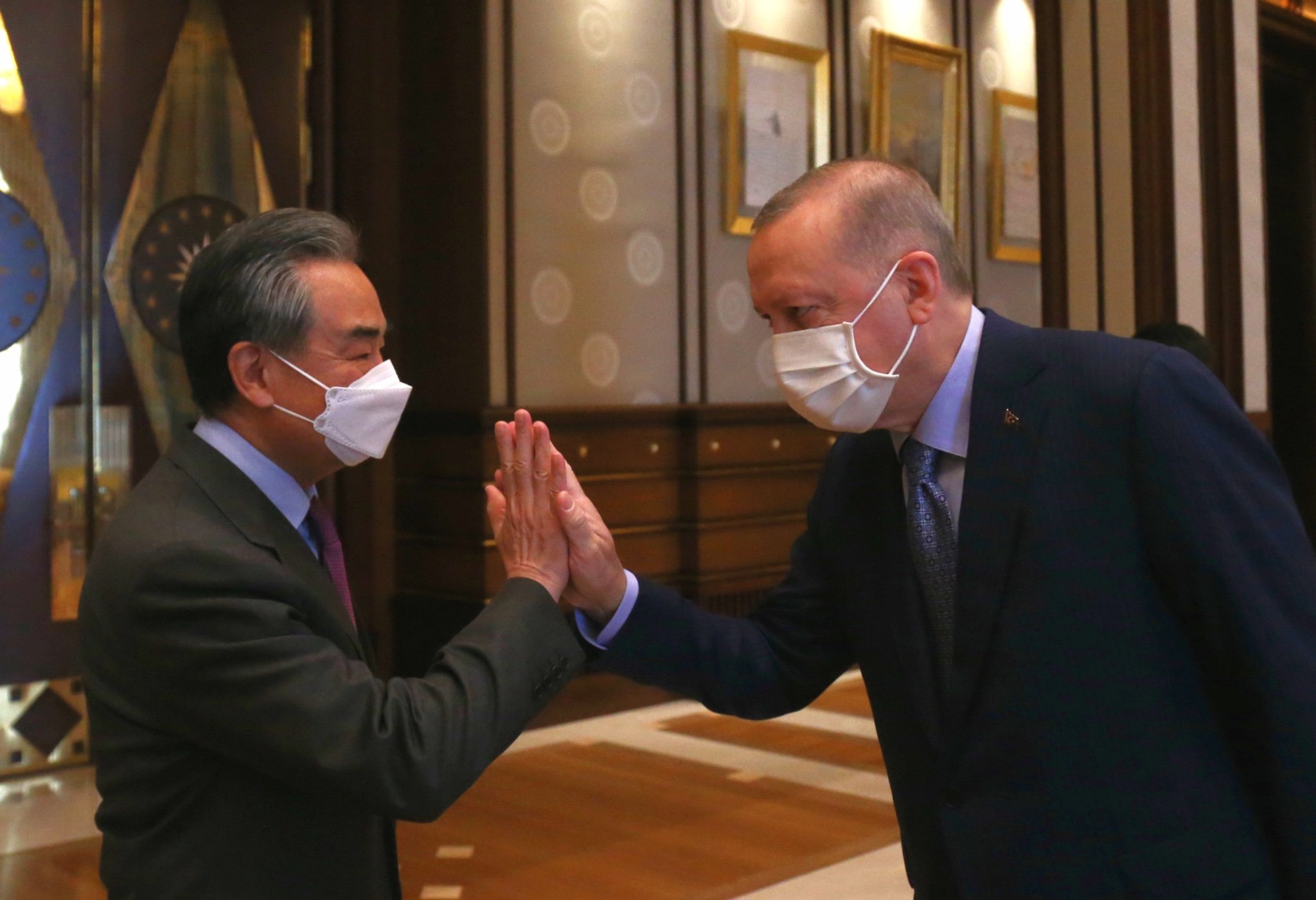



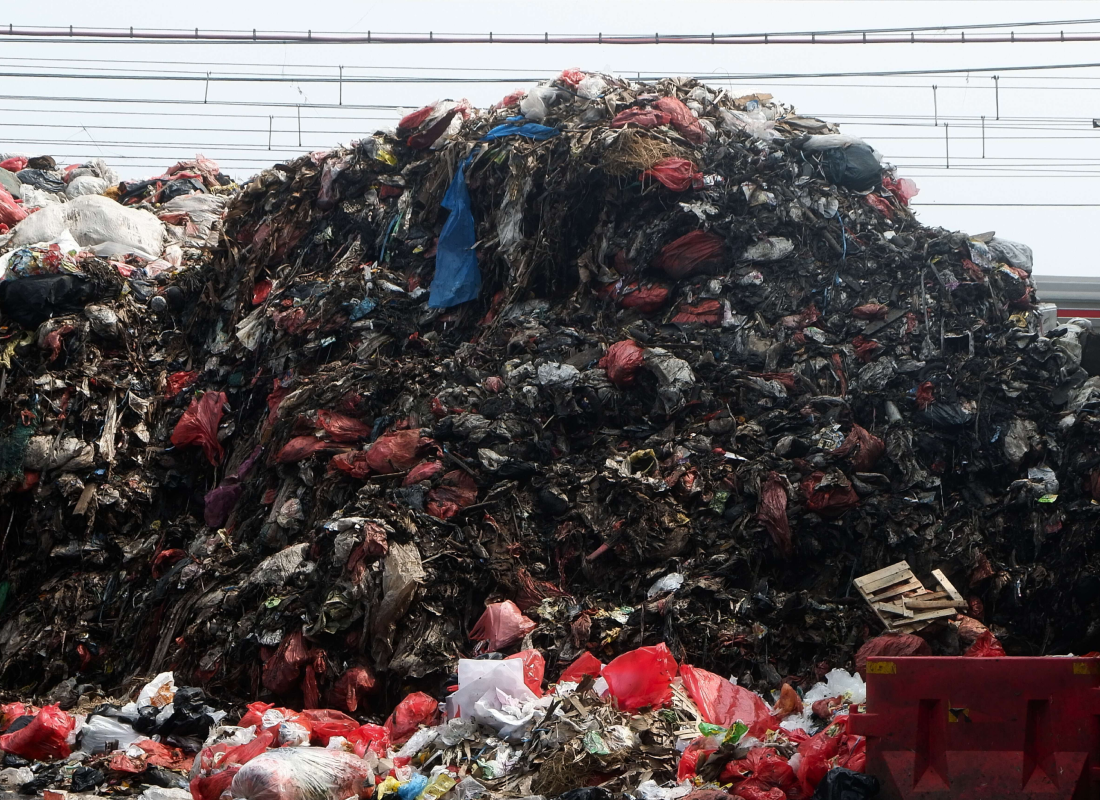
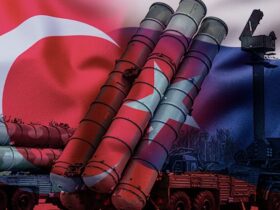
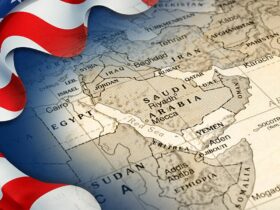


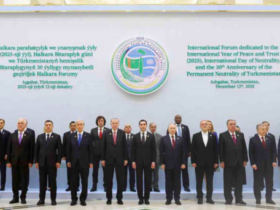




Leave a Reply